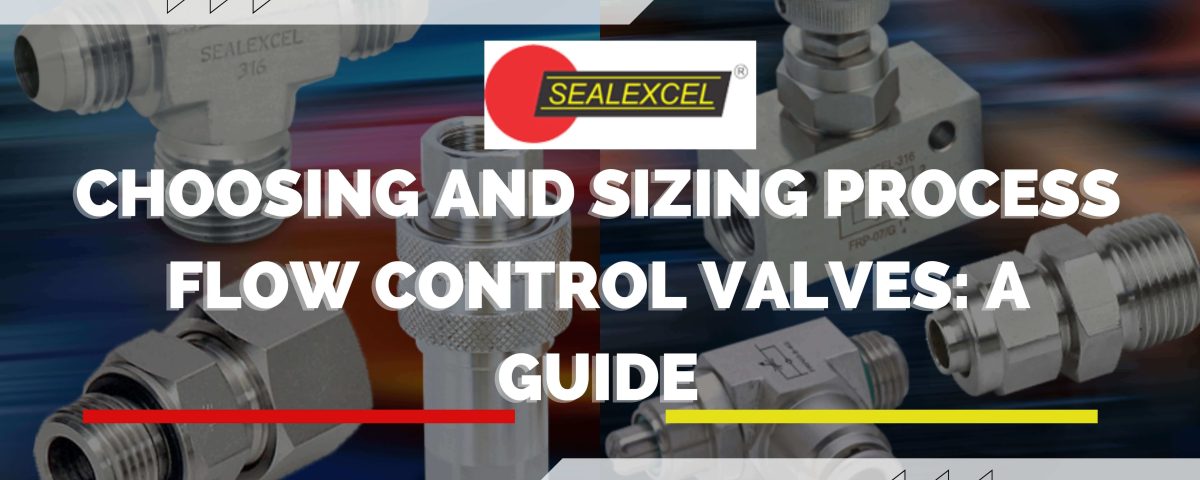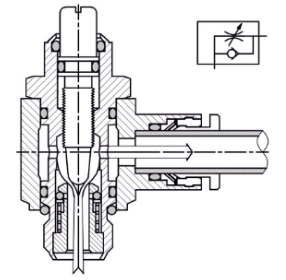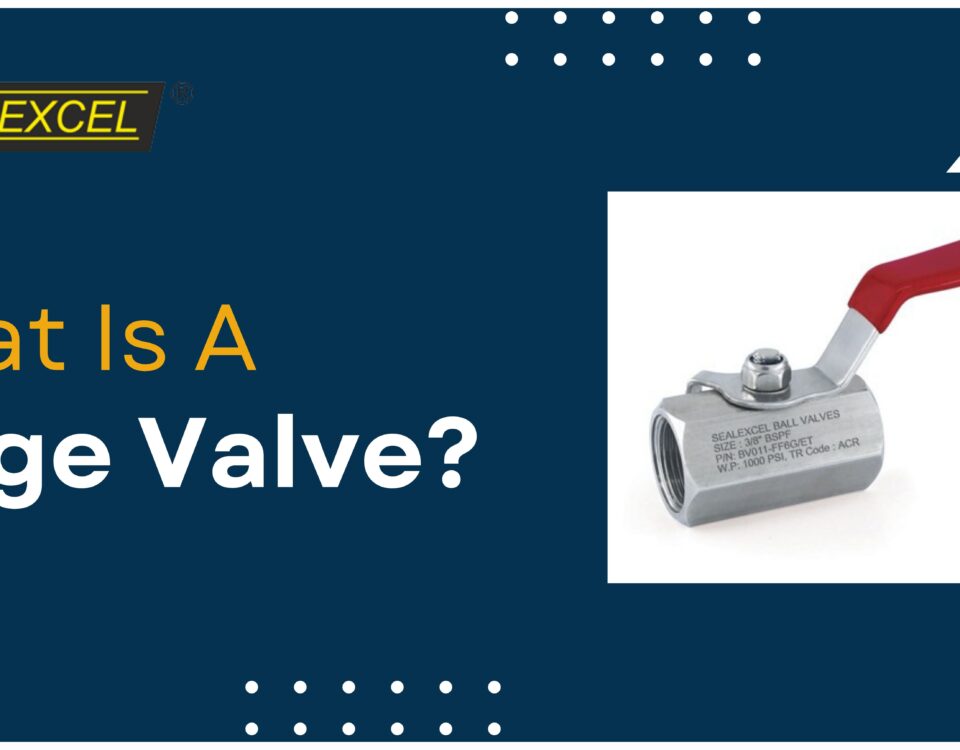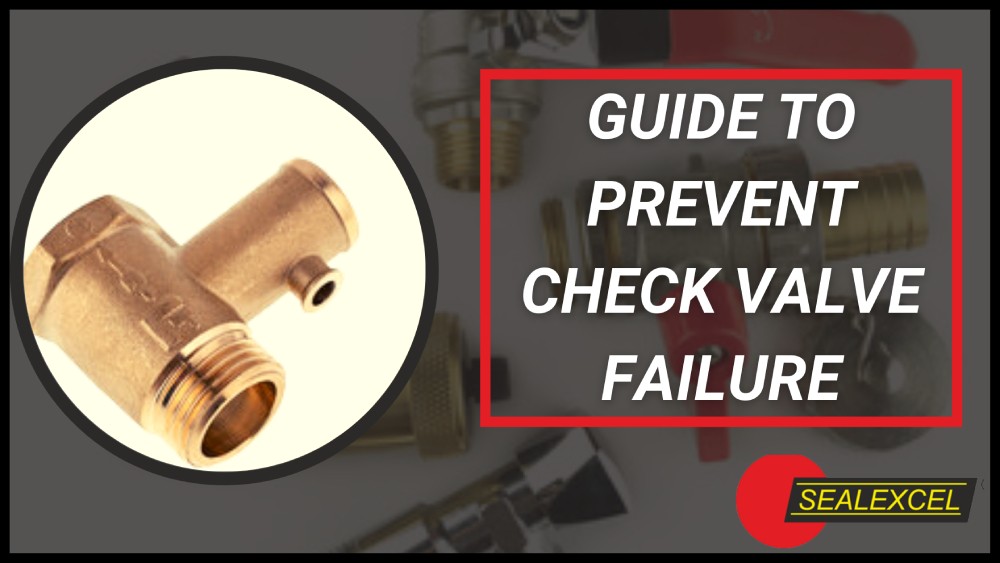
Guide to Prevent Check Valve Failure
March 4, 2022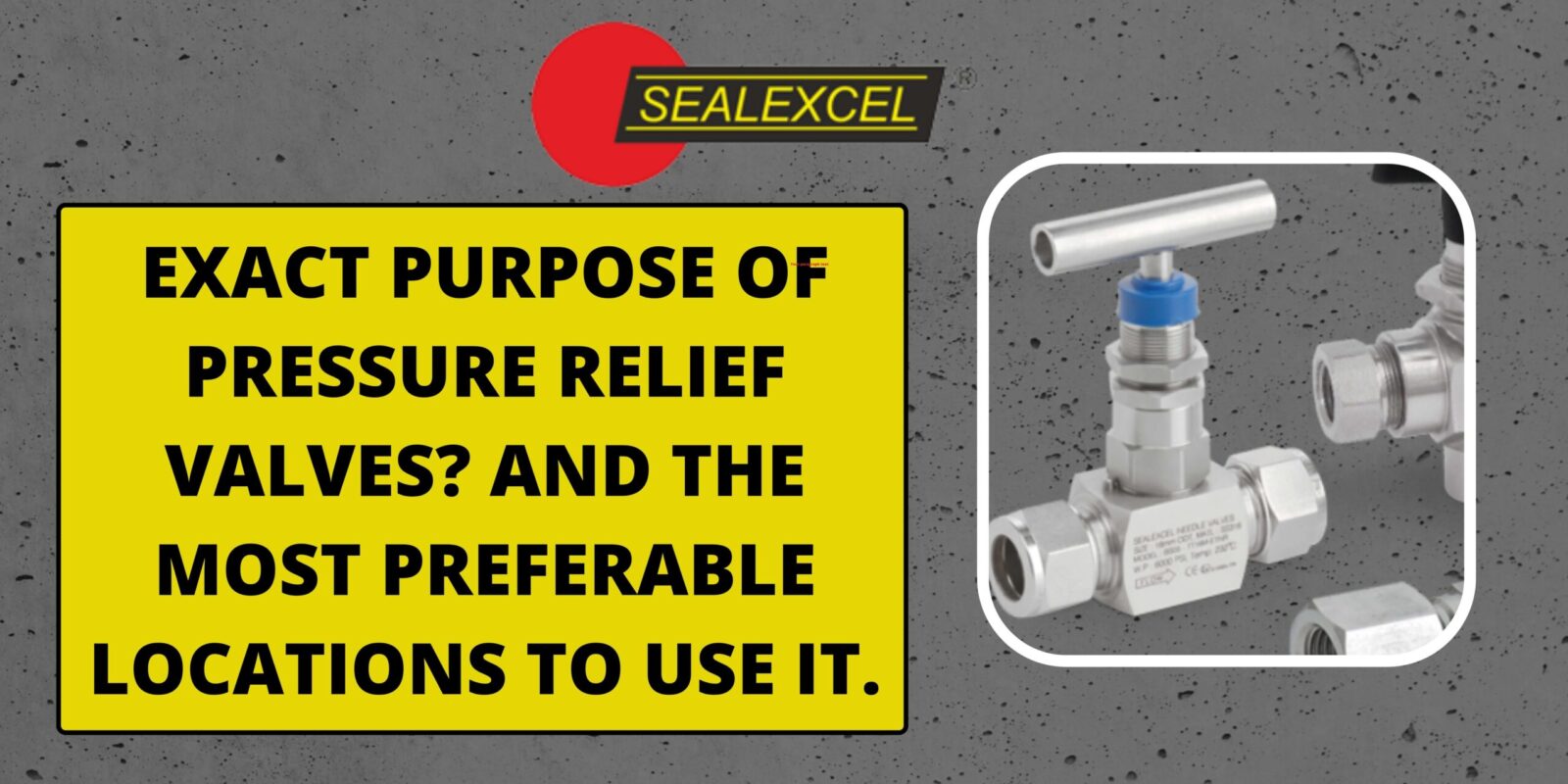
Exact purpose of a pressure relief valve? And the most preferable locations to use it.
October 6, 2022A flow regulator valve is a vital tool for valve operators and is used to control the flow of fluids. These process flow control valves regulate by calculating the differential pressure between inlet and outlet valves. To maintain a steady flow, valves need to be closed when there is insufficient differential pressure or when an excess differential pressure exists. This blog provides you with a step-by-step guide about flow regulator valves.
What is a Process Flow Regulator?
A process flow regulator is a device that helps regulate fluid flow in a system. This is especially important in systems that contain hazardous or pressurized fluids, as it can help prevent accidents from happening.
Here Are Some of the Different Types of Process Flow Regulator Valves?
There are a few different types of process flow regulator valves that can be used in industrial and commercial settings, such as:
One common type of process flow regulator is the butterfly valve. This valve consists of two flaps that open and close to control fluid flow. Because they’re easy to operate, butterfly valves are often used in small-scale applications.
Another popular type of process flow regulator is the ball valve. This valve has a small sphere that opens and closes to control fluid flow. Because they’re relatively easy to operate, ball valves are often used in larger-scale applications.
However, ball valves have one major downside which is that they can’t handle high flow rates very well. Some manufacturers also offer ball valve assemblies that include a bypass damper device. Bypass dampers help reduce the amount of noise and turbulence that can occur when high flow rates are encountered, making ball valves an ideal solution for high-volume applications.
How to Choose a Size for a Process Flow Regulator
There are many factors to consider when choosing a size for a process flow regulator valve. Some of these factors include the flow rate of the fluid being regulated, the type of valve, and the application. Here are some tips:
1) Determine the maximum flow rate that you need to regulate. This will help you determine the size of the valve that is required.
2) Consider the type of valve. Some valves are designed explicitly for high-flow applications, while others are more suitable for lower flow rates.
3) The application can also affect which size valve is required. For example, if the fluid regulated is hot, a larger valve may be necessary to prevent overheating.
ConclusionProcess flow regulator valves are important components in any industrial or commercial setting, and it’s important to choose the right size and type for your needs. In this guide, we have discussed the differences all about process flow regulator valves and how to choose the best one for your application. We’ll also provide tips on how to size a valve for proper performance based on its intended use. So whether you’re looking to upgrade your existing system or install a new one, Seal Excel can help you make the right choices; visit our website today.

